Minds On
Human and environmental factors affecting drinking water
There are human and environmental factors that impact access to clean drinking water. Sort each of the following factors as human or environmental. Some may fall under both human and environmental!
Select the correct answer, then press ‘Check Answer’ to check how you did.
Action
What is a watershed?
What is a watershed? A watershed is a geographic area of land that water flows in or through as it travels to a body of water or sinks into the groundwater. A watershed channels rainfall and snowmelt into a common set of streams that creates a basin and eventually drains into a larger body of water, such as a river or lake.

A watershed diagram indicates how precipitation from clouds returns to the ground water. The edges of the watershed are raised hills or mountains and are called the watershed divide. Streams and rivers in this area, called tributaries all flow towards a low-lying lake. Water percolates through the land to the ground water.
A healthy watershed provides clean air, water, and soil to the people and animals that live around it. Usually different entities, such as: rivers, lakes, wetlands, and reservoirs make up a watershed and they are all different sizes. In a small watershed, water might drain into a stream or river, but that river might be part of an even bigger watershed where that water drains into a lake or ocean.
In the following photo, the upper Harrison River watershed is part of the Fraser River watershed that empties into the Pacific Ocean near the city of Vancouver.

Seal River watershed
The Seal River, which flows into Hudson Bay, is undisturbed by dams and other industrial developments. It flows through the traditional lands of the Cree, Dene, and Inuit people of northern Manitoba. The Government of Canada, in collaboration with five Indigenous communities, are working together to protect the free-flowing Seal River. The Seal River Watershed Indigenous Protected Area Initiative would allow for the protection of this large watershed, which is also a natural habitat for wildlife, including several species at risk.

The Seal River Watershed will soon become an Indigenous Protected Area
A map of Northern Manitoba and Hudson Bay shows the Seal River flowing east of Sayisi Dene and into Hudson Bay just north of Churchill. The Seal River Watershed is outlined on the map and extends significantly beyond the river to the west, north, and south.
Watersheds of North America
More than 260 watersheds containing more than 40 percent of the world’s population are shared by two or more countries. The largest North American watershed is the Mississippi watershed, which reaches into Alberta and Saskatchewan and flows south into the Gulf of Mexico.

Global connection
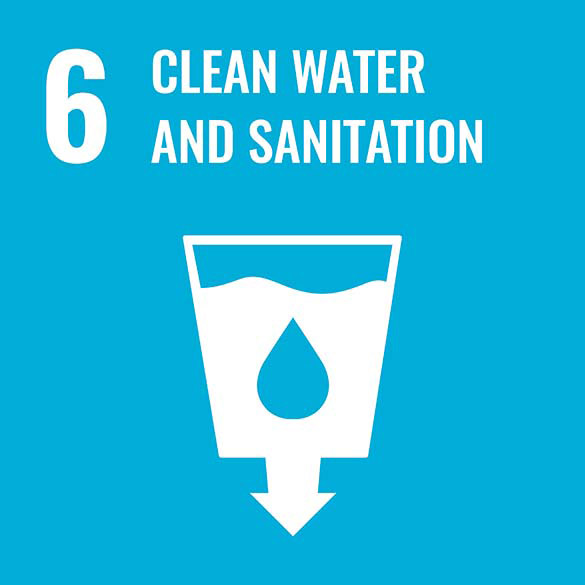
The United Nations (UN) is a group of many countries from around the world that have come together to create a better future for people and the environment. They have created 17 goals called the Sustainable Development Goals.
This learning activity is connected to Goal #6: Clean Water and Sanitation. This means everyone should have Safe drinking water and sanitation. Having clean water affects not only health but things like reducing poverty, having food security, and having a sustainable ecosystem.
Watersheds preserve biodiversity and clean water
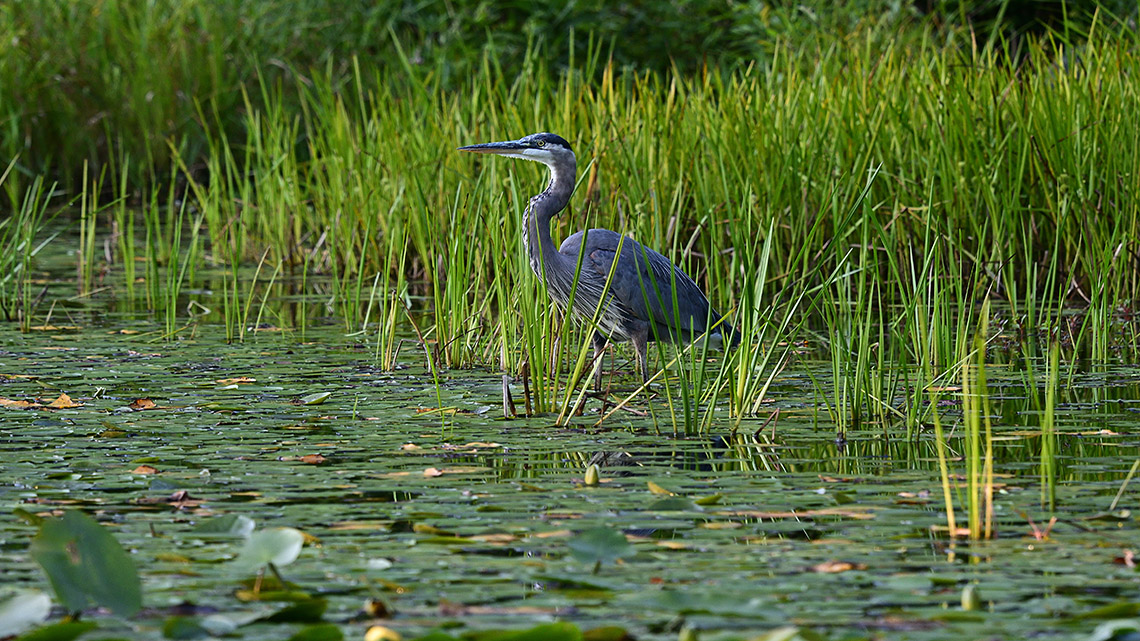
Watersheds serve as the life source for most human development and are some of the final preserves for biodiversity. In the Minds On section of this learning activity, you sorted various factors that affect watersheds into human and environmental factors.
Human factors
Let’s review some of the human factors that impact watersheds:
- population growth
- deforestation
- development of cities
- uncontrolled pollution
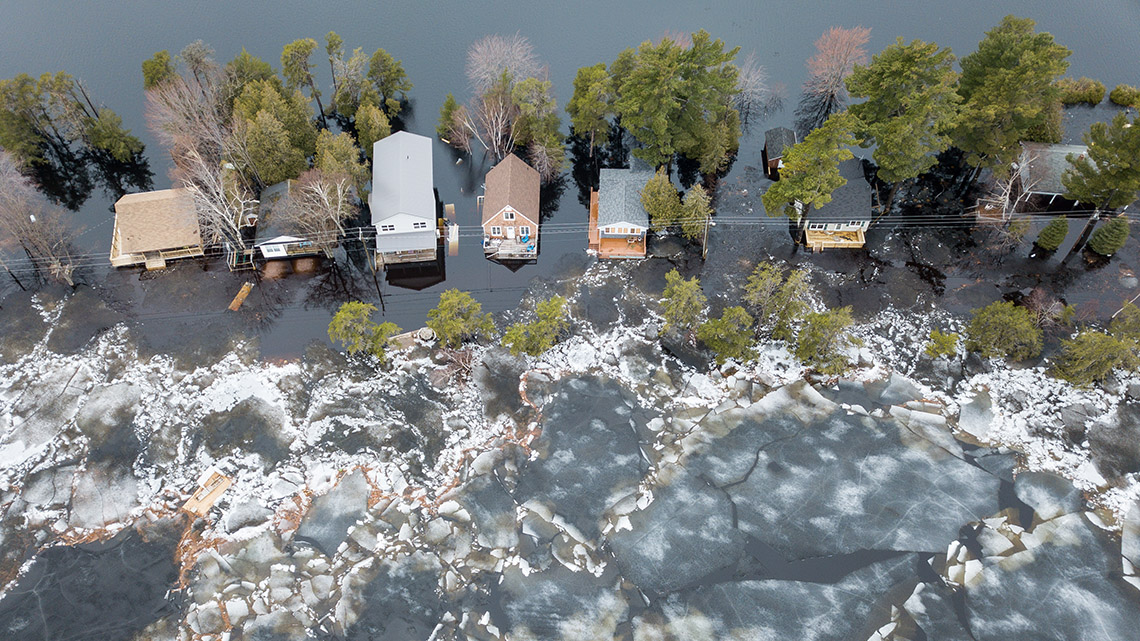
All these factors have increased the potential for floods and droughts in various areas of the world. Floods and droughts not only impact the environment, but they also impact human health and safety. Floods often pose health risks due to the exposure to polluted drinking water. While droughts pose health and safety risks due to the shortage of clean drinking water. Vulnerable members of the community are more gravely impacted by the health and safety risks caused by floods and droughts.
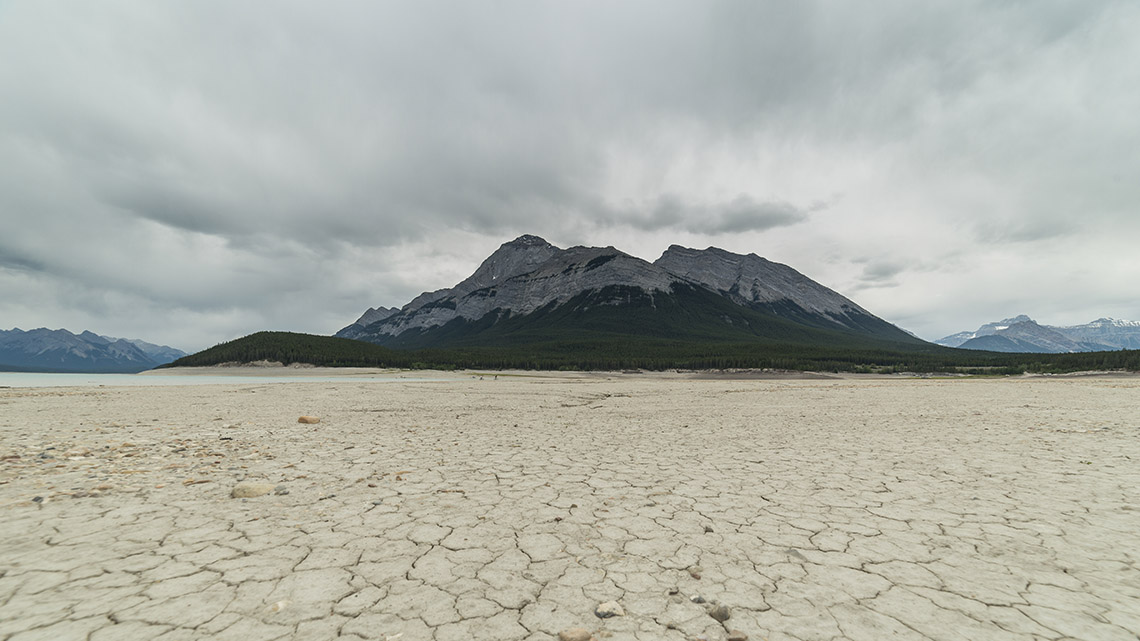
The most dramatic impact of droughts on people is water shortage. Communities in areas affected by drought have less water for drinking, hygiene, and cooking. Years of drought have greatly impacted areas in the world, such as: Matumburu, Tanzania; Chennai, India; and Cape Town, Africa.
Engineering clean water solutions
According to the United Nations:
- 2.2 billion people lack access to clean drinking water
- 4.2 billion people lack access to safely managed sanitation
- 3 billion people lack basic handwashing facilities
- 2 out of 5 healthcare facilities have no soap and water
- It is estimated that watershed scarcity could add another 700 million people to these numbers
Case studies in clean drinking water
Engineers are working hard to provide access to safe drinking water and sanitation for continents and countries around the world. Press the following tabs to explore one of the following case studies.
In the savannah areas of Africa, permanent surface water or groundwater aquifers are absent. Therefore, people rely on seasonal watering holes (an area where water collects during the rainy season) as the villages only water source.
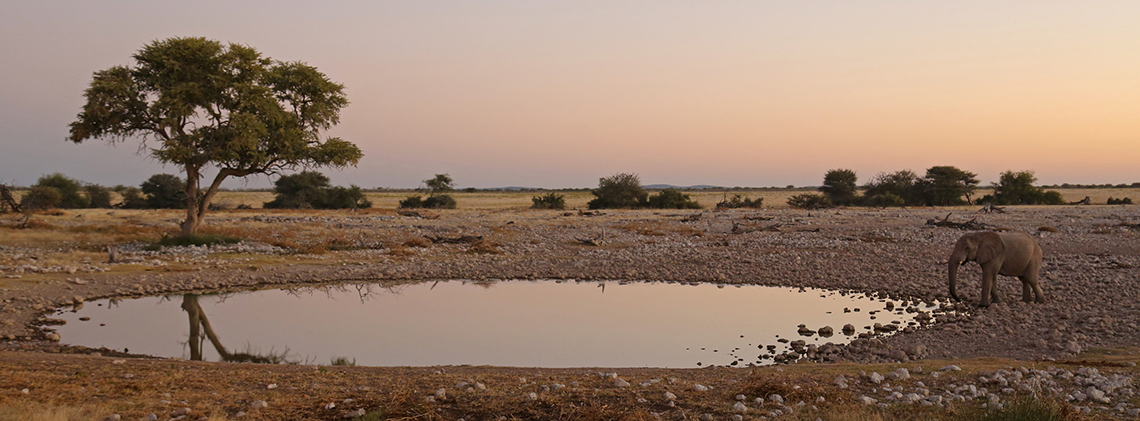
Humans, wildlife, and livestock all share this water, and they often dry up during the dry season. This leaves humans and animals with a lack of water, and they are forced to consume contaminated water or seek out water from neighbouring villages.

To store safe water, engineers partnered with contractors and local villagers to create a rainwater system that harvests solar energy and collects water from the roof of a school. A bio-sand filter makes this water safe and reliable for local residents.
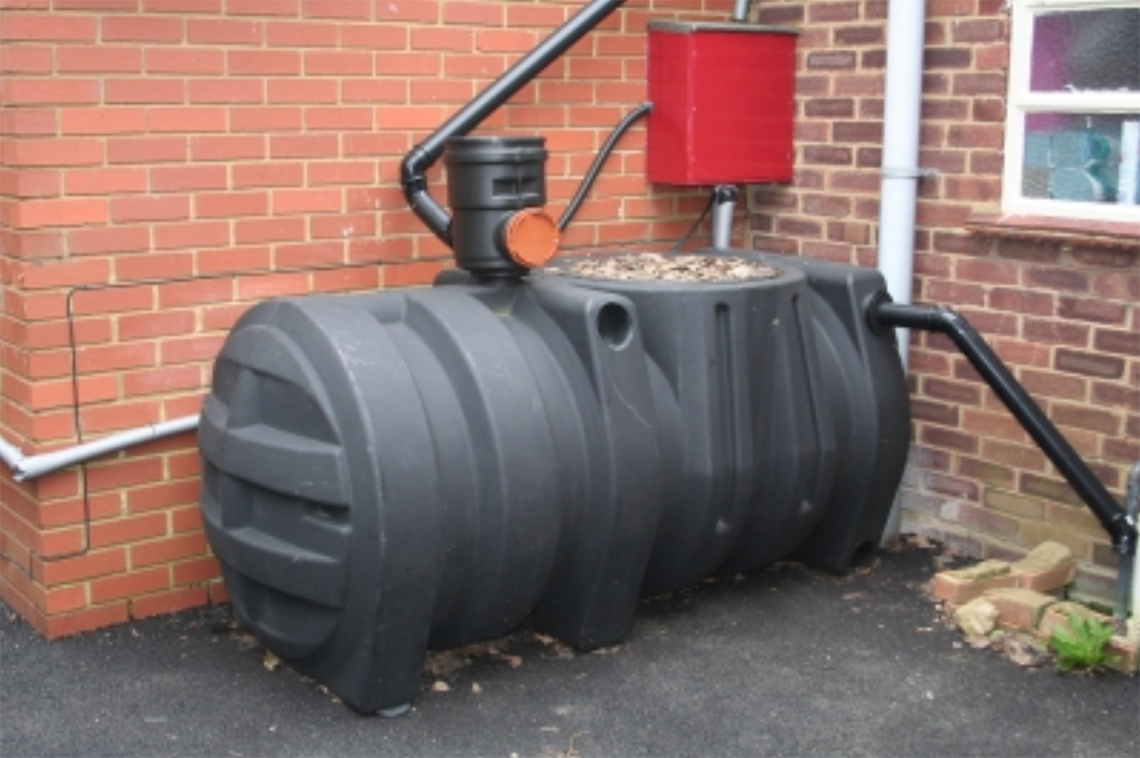
A bio-sand filter system makes this rainwater clean as it collects water from the roof and filters it.
In London, England, the city has expanded over the years but the sewage system has not been updated to accommodate all the people. As a result, the sewer system is causing weekly sewage discharges into the tidal area of the Thames River.
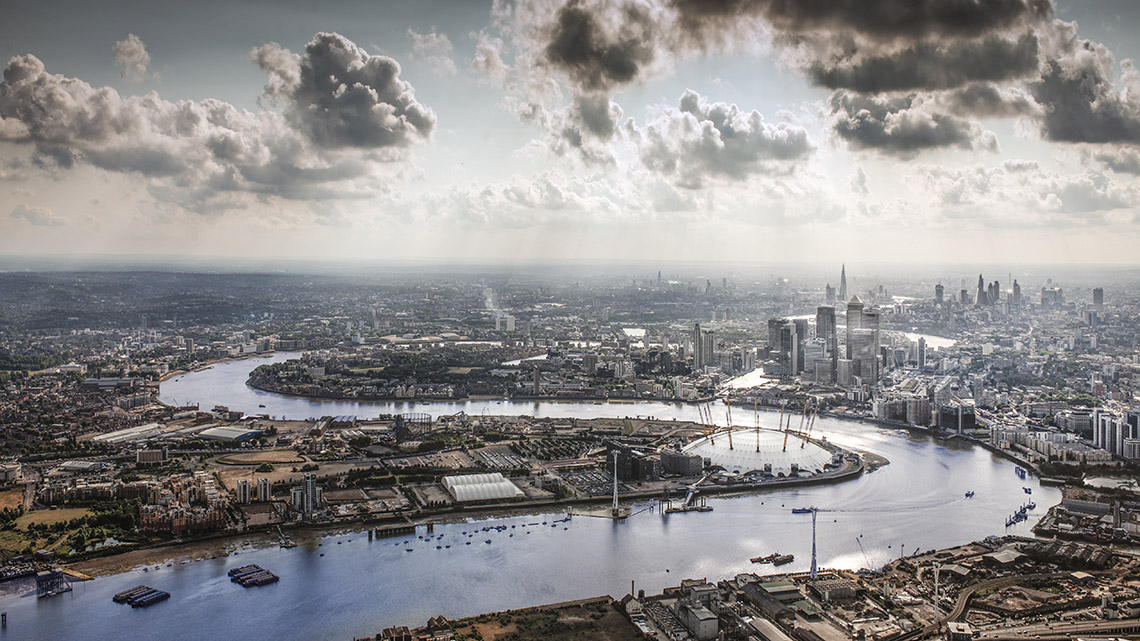
Engineers and construction teams partnered up to construct a new 25-kilometer tunnel under the Thames River that carries storm water and sanitary overflow to newly expanded water treatment facilities. This is called the “Lee Tunnel” and it goes down 98 meters below the ground at its lowest point which enables the storm water and sewage to flow downward, avoiding tunnels and pipelines that exist under London, England.
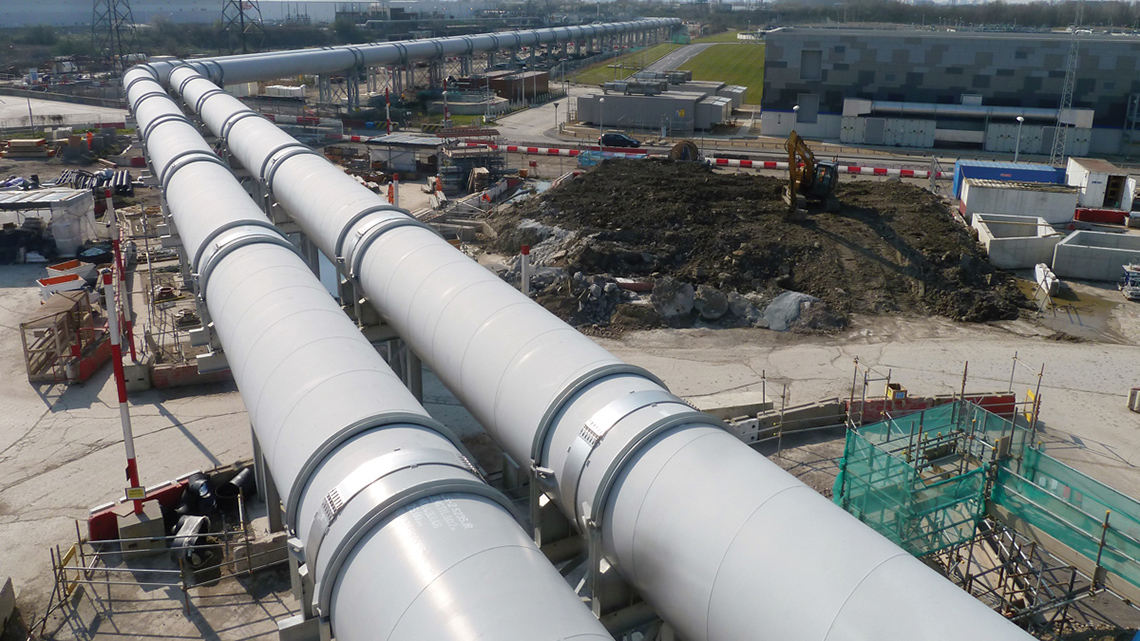
In Trinidad and Tobago, a watershed project was developed to alleviate the causes of environmental degradation in their most important watershed (The Courland Watershed). The project included installing diversions in the surface drains to construct an artificial wetland and upgrade the land use as a watershed. Each year, this newly constructed wetland treats wastewater from a fish processing plant and identifies areas that are polluting the watershed.
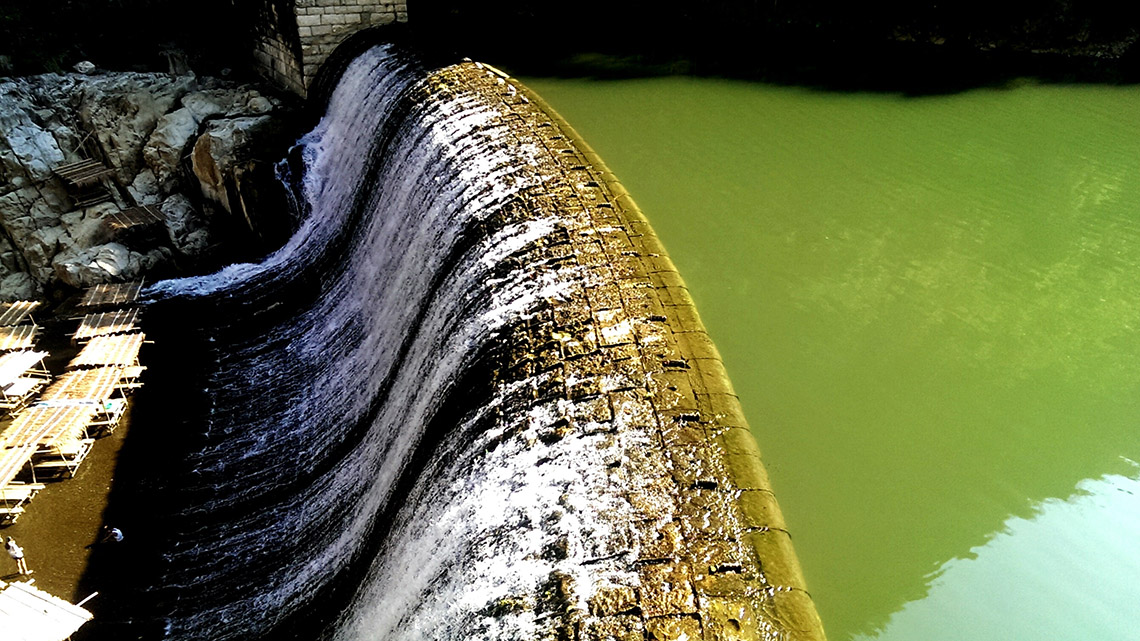
Watershed model
For this section of the learning activity, you have two choices:
- The first choice is to investigate the video provided by Science North to observe a watershed being built and tested.
- The second choice is to construct your own model of watershed using materials provided.
Explore both options and choose one to complete.
Option 1: Video demonstration
Access this video entitled “Grade 8: Lesson 6 — Watersheds!” from Science North to learn more about watersheds.
In this video you may have noticed that water flowed away from the peaks and mountains (or higher points on your paper) and into the areas you identified as streams or lakes. As the water travelled, you should have noticed that the colour of these lakes and rivers changed, as the colour of the city or industrial area were carried by the water. This represents pollutants that travel from industrial and city areas into the lakes, streams, and rivers.
Pause and Reflect
Pause and reflect
Based on what you’ve learned, where would you place your industrial area of your town? Why?
Record your ideas in a notebook or another method of your choice.
Press ‘Sample Answer’ to access a possible answer to this question.
It is important for city planners to consider how industries will impact the town and environment. The industrial area needs to be placed close enough to the town that people can travel to work at it, but far enough away from lakes and rivers that the runoff of pollutants doesn’t flow directly into main watersheds.
Hands-on Science
Option 2: Building a watershed model
You may choose to design and build a watershed model. To do this, you will follow the engineering design process.
Engineering Design Process
Explore this video to learn about the steps of the Engineering Design Process.
Press ‘Definition’ to access a definition of prototype.
Before creating a product, engineers often build prototypes. A prototype is a model of a product used to explore design ideas, confirm performance, and make sure that the product is safe and user-friendly.

Access the following fillable and printable document “Building a watershed model” to complete the activity.
| Ask | How will water flow when it rains? |
|---|---|
Research |
Record your research here: |
Imagine |
Imagine your model watershed here in words or illustrations: |
Plan |
Design your plan and gather these materials: cookie sheet/ pan or aluminum pie sheet plastic wrap or clear garbage bag spray bottle or watering can masking tapes (or another type of tape) food colouring or sprinkles paper or modelling clay / rocks water markers sponges |
Create |
Be sure to set up your water table before you begin. |
Test |
Scrunch up a piece of paper or use modelling clay / rocks to create and mimic a natural landscape (e.g., you may want to include peaks and low spots in your land to simulate mountains and rivers). Write a prediction in the box below to explain how you think the water will flow. Using the markers, colour in the following areas in different colours. Be sure to choose areas on your crumpled paper that you think represent each of the following. Lakes / rivers An industrial area (factories) A city / town 4.Spray the model with water and observe where the water goes. Record your observations below. |
Improve |
Where did the water go? What happened with the various colours? What do you think this represents? |
Communicate |
Communicate what you have learned or discovered: |
Press the ‘Activity’ button to access Building a watershed model.
Pause and Reflect
Pause and reflect: Conclusions
What conclusions can you draw? Did you notice a change in colour of the lakes and rivers as water flowed?
Record your thoughts using a method of your choice. When you are done, press ‘Sample Answer’ to access a possible answer.
In your model, you should have noticed that water flowed away from the peaks and mountains (or higher points on your paper) and into the areas you identified as streams or lakes. As the water travelled, you should have noticed that the colour of these lakes and rivers changed, as the colours of the city or industrial area were carried by the water. This represents pollutants that travel from industrial and city areas into the lakes, streams, and rivers.
Based on what you’ve learned, where would you place your industrial area of your town? Why?
Record your ideas in a notebook or using another method of your choice.When you are done, press ‘Sample Answer’to access an answer to this question.
It is important for city planners to consider the location of industrial areas when developing cities or towns. They need to consider how industries will impact the town and environment. The industrial area needs to be placed close enough to the town so that people can travel to work at it, but far enough away from lakes and rivers that the runoff of pollutants doesn’t flow directly into main watersheds.
Extension questions
- Add a sponge to your model to represent a wetland. How does the sponge impact your watershed and pollutants?
- Add plastic wrap or a piece of a garbage bag as a road or pavement in your model. What happens when the water hits the plastic? Why is this important to consider?
Consolidation
Why care?
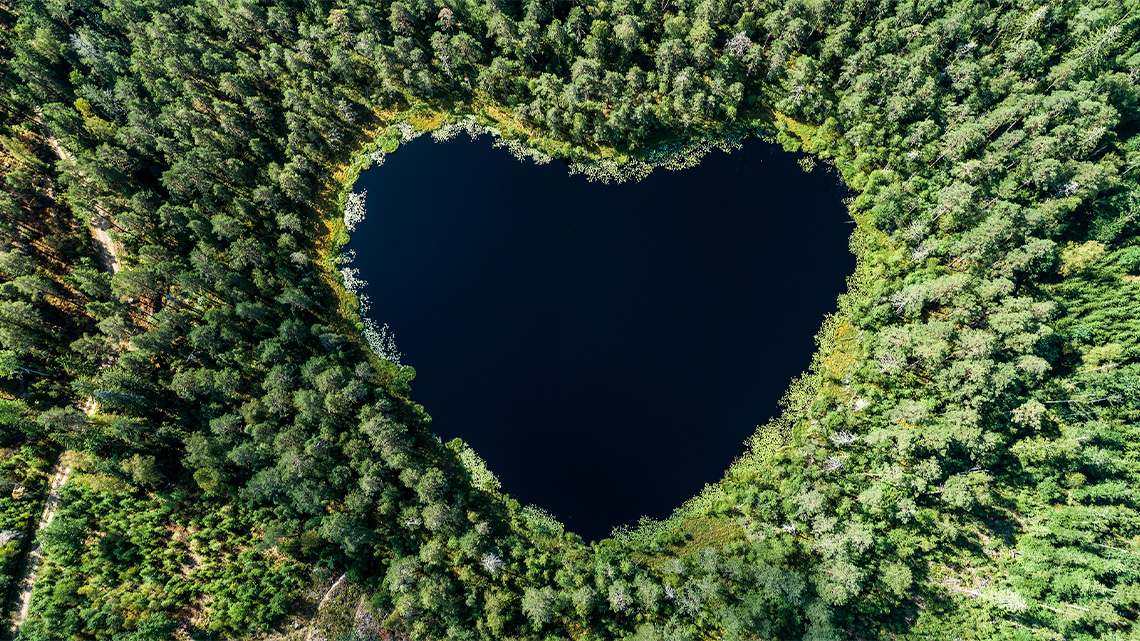
Based on the information that you have learned in this learning activity, reflect on your learning and respond to the following questions using a method of your choice:
- Why do we need healthy watersheds?
- Why is it important to protect watersheds?
- What surprised you about what you learned about watersheds?
- There are connections between over-use of water, the impact of human activities on water, and access to safe, clean drinking water. What do you think these connections are?
- A “steward” is someone who supervises or takes care of something. What are some everyday actions you can take to be a “Watershed Steward”?
- Why are storm management systems important?
Reflection
As you read the following descriptions, select the one that best describes your current understanding of the learning in this activity. Press the corresponding button once you have made your choice.
I feel…
Now, expand on your ideas by recording your thoughts using a voice recorder, speech-to-text, or writing tool.
When you review your notes on this learning activity later, reflect on whether you would select a different description based on your further review of the material in this learning activity.